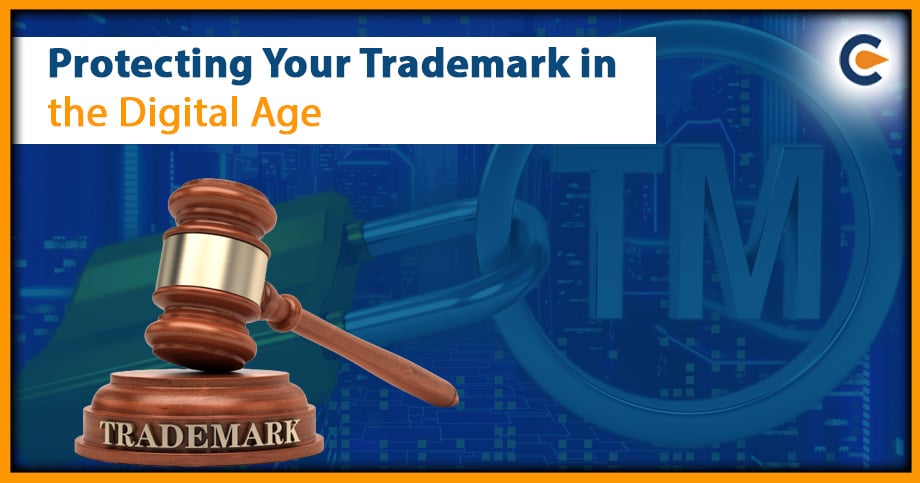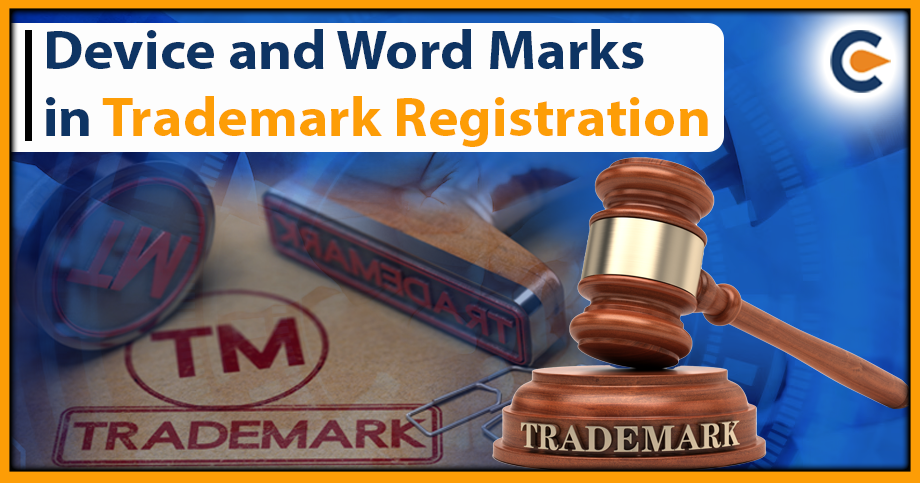The internet has infiltrated every aspect of our lives in the digital era, impacting how we work, communicate, and do business. Remarkably, e-commerce has changed how businesses operate, giving customers worldwide an unprecedented degree of ease and accessibility. The way businesses run has also been transformed by the internet. Businesses can automate activities, improve productivity, and simplify operations through internet-based tools and software. Also, internet advertising platforms like Google Ads and Facebook Ads have enhanced brand recognition for businesses by making connecting with their target market simpler. In this blog, we will discuss different ways of protecting your Trademark.
What is Trademark Infringement?
The unauthorized use of a registered trademark or service mark in a way that misleads customers about the origin of a particular good or service is referred to as trademark infringement. It refers to the unlawful use of a registered trademark by a third party without the owner’s permission. Trademarks are protected by law, and anybody who uses one without the owner’s consent violates their rights. This might involve harming the reputation and market value of the brand by adopting a name, logo, or slogan that is similar to the original brand or likely to be confused with it. Infringing on trademarks is a severe crime that can lead to legal action and heavy fines. Thus, businesses must act proactively to safeguard their brand and stop unlawful usage by third parties.
Importance of Protecting Your Trademark Online
Protecting your brand online is more important than ever in the current digital era. The internet has become the primary platform for businesses to reach out to their customers and establish their brand identity. The internet has expanded into a vast market where businesses compete for customers’ attention as e-commerce and social media usage grow. Nevertheless, this also means that the internet has become a breeding ground for trademark infringement, where unscrupulous people can duplicate your brand and exploit it to sell knockoff goods, pose as your brand, or damage your reputation.
Online trademark infringement can have serious repercussions, including lost sales, damaging a brand’s reputation, and legal action. When consumers are uncertain about the source of the good or service, it can result in brand dilution, lowering your brand’s value. Moreover, trademark infringement can cause consumer uncertainty and distrust, which can negatively affect the expansion and profitability of your company.
Common Types of Online Trademark Infringement
When someone uses a brand’s name or logo online without authorization, this is known as online trademark infringement. This can cause customers to get confused, harm a company’s reputation, and possibly result in lost sales. Companies should be mindful of the following types of online trademark infringement:
- Cybersquatting: Cybersquatting is registering a domain name that is confusingly close to or the same as a brand name or trademark. After then, the cyber squatter might try to resell the domain name to the brand for a high fee or use it to direct visitors to their own website.
- Counterfeiting: The act of imitating a brand’s name or logo on a product intending to pass for the real thing is known as counterfeiting. These products can be sold by counterfeiters on their websites or in other markets.
- Domain Name Infringement: When someone uses a brand’s name or trademark in a domain name not registered to the brand, this is known as domain name infringement. The infringement domain could be used to market fake goods or reroute visitors to the infringement website.
- False Endorsement: This happens when someone utilizes a company’s name or logo to imply that the brand supports or is associated with their goods or services when in fact, neither of these things is true. Untrue endorsements can harm a brand’s reputation and cause uncertainty among customers.
- Social Media Infringement: Social media infringement is the unauthorized use of a company’s name or logo on social media sites. Infringement on social media can take many different forms, such as fraudulent accounts, bogus reviews, and sponsored postings that falsely imply a company endorsement.
Different Ways of Protecting your Trademark Online?
On the internet, trademark infringement is a rising issue since businesses of every size can simply and rapidly become victims of online brand piracy. Maintaining your company’s image and consumer trust requires protecting your brand online. The following actions can be taken for protecting your trademark online:
- Registration Of Trademarks
Registering your trademark with the appropriate authorities is among the best protection methods. The Controller General of Patents, Designs, and Trademarks is the place where you may register your trademark in India (Office of the Registrar of Trademarks). By registering your trademark, you can stop others from using it in connection with products or services that are identical to yours.
- Monitoring
You can find instances of trademark infringement by routinely keeping an eye on your brand’s online presence. This might involve keeping an eye out for unlawful use of your brand name, logo, or other distinctive marks on search engines, social media platforms, and online markets. You can get help from expert monitoring services or from internet tools.
- Enforcement
Take immediate and firm action to defend your brand if you come across instances of trademark infringement. This can include notifying the offender to stop infringing, filing takedown requests to web hosts, or, if required, bringing legal action.
- A Legal Action
If all other enforcement measures fail, you should take legal action against the infringing party. This can involve bringing legal action for trademark infringement, asking the court for an order to cease the infringing behavior, or asking for compensation for any loss done to your company.
- Using Social Media Networks and Search Engines
Policies are in place on many search engines and social media sites to protect trademarks. As an illustration, Google’s AdWords policy forbids using trademarks in ad copy unless the advertiser obtains the owner’s consent. These services allow you to report instances of trademark infringement and seek the removal of content that violates the law.
Best Practices for Protecting Your Trademark
You can apply the following recommended practices for protecting your Trademark online:
- Keeping a Strong Internet Presence
Establishing your brand and lowering your risk of trademark infringement can be accomplished by maintaining a strong internet presence. This might involve obtaining your social media handles, registering your domain name, and consistently publishing top-notch content that embodies your brand’s core principles.
- Teaching Your Customers and Employees
Trademark infringement can be avoided by informing your clients and staff of the value of preserving your brand. This might involve instructing people on how to recognize fake items and websites that may be utilizing your brand name, as well as how to utilize trademarks correctly.
- Continually Utilizing Trademark Symbols
Consistent use of trademark symbols can assist in building your brand and lowering the possibility of trademark infringement. For unregistered trademarks, this includes utilizing the TM symbol, and for registered trademarks, the ® symbol.
- Taking Quick and decisive Action
To defend your brand in the event of trademark infringement, it’s essential to respond quickly and firmly. This may entail notifying the offender to stop infringing, filing takedown requests to web hosts, or, if required, bringing legal action.
Conclusion
In the current digital era, preserving your brand online is essential. Internet trademark infringement may take many forms, including cybersquatting, counterfeiting, using stolen domain names, falsely endorsing products, and violating social network policies. Yet, you can do some activities to protect your brand, such as trademark registration, monitoring, enforcement, legal action, working with search engines and social media platforms, and collaborating with these platforms. The best techniques for protecting your brand online include routinely checking for infringement, acting quickly and decisively, having a strong online presence, educating your clients and staff, and constantly employing trademark symbols[1]. You may assist in safeguarding your brand’s long-term profitability and reputation by taking proactive measures to preserve it online.
Also Read:
Importance Of Eligibility For Trademark Registration: A Complete Guide











